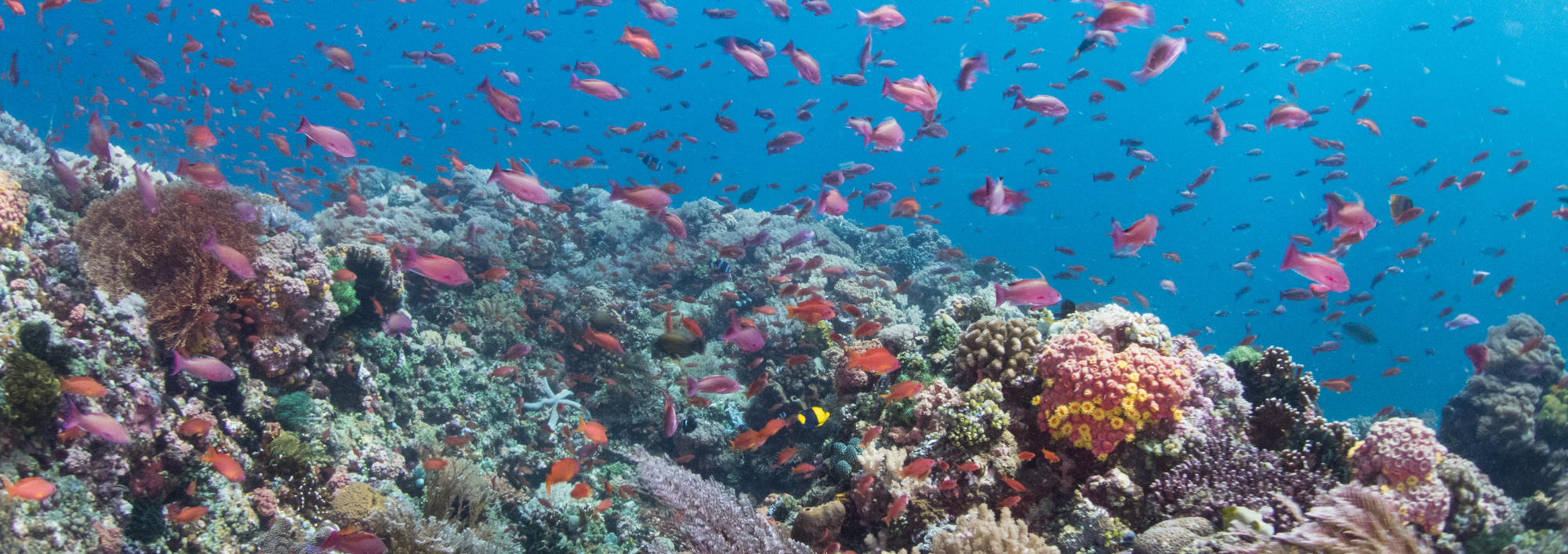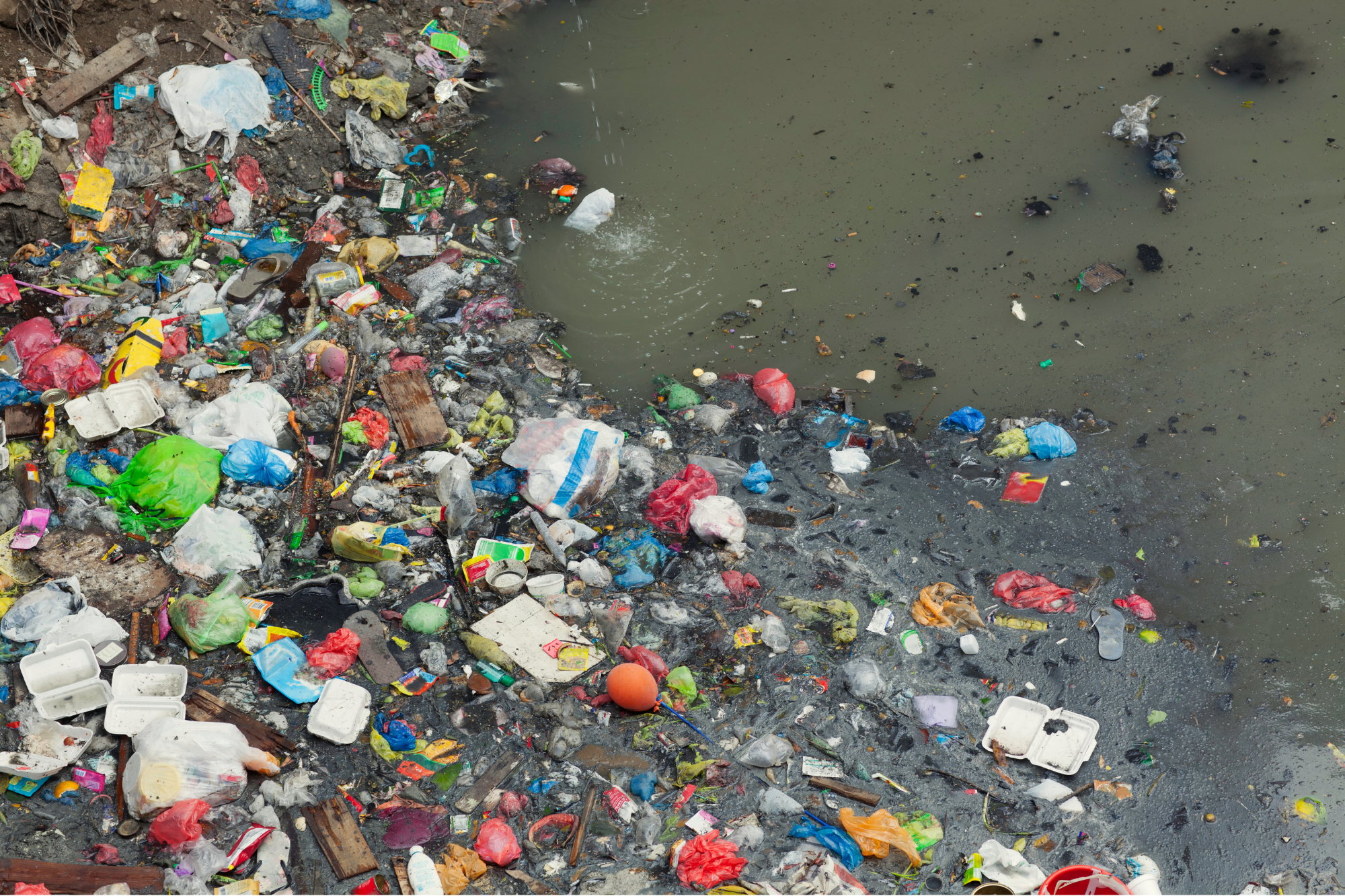BIODIVERSITY PROTECTION
Defending the Shape of Life!
At the beginning, life started as a single cell organism in the ocean. Then it began to duplicate and once in a while, a mutation occurred that had a chance of being better equipped to fight the challenges of its environment or to claim a new habitat. Over millions of years, lifeforms on earth have become more and more multi-facetted, colourful and incredibly impressive - but also very much dependent on one another in fragile ecosystems. Climate change has massive impacts on these ecosystems and as we humans are also strongly connected to the plants, animals and fungi around us, our quality of life and the survival of our species will depend on our success of reversing the negative effects of our past (and current) actions.
But there is hope and a lot that we can do together and on our own! You will find this and much more information in this blog post.

What is biodiversity?
 When we use the word “biodiversity” we refer to the variety of living species on Earth.
When we use the word “biodiversity” we refer to the variety of living species on Earth.
Plants, animals, fungi, microorganisms like bacteria: Earth’s biodiversity is so rich that many species have not yet been discovered. According to scientists’ estimates there are around 8.7 million species of plants and animals on the planet, but only 1.2 million species have been identified so far! (National Geographic Society, 2022)
However, from the smallest ones, completely invisible to the naked eye, to the biggest, all these species are interconnected and work together in ecosystems, unaware of their essential role in supporting life and maintaining the delicate balance of the planet. For example when oak trees die stag beetles, which are the biggest beetles in Europe, decompose the deadwood, feeding the soil with nutrients and helping new oak trees or other plants to grow again.

Why is biodiversity important to us?
 You like going to the zoo and seeing lions, zebras, snakes, fishes and insects, don’t you? Living in a world so curious and different it’s sure beautiful and stimulating. Yet, this is just one value of biodiversity and indeed the banal one.
As humans we are part of nature and a mere element of biodiversity, all our lives are based on that. The ecosystem provides human society with important benefits, many of which are essential to our survival: food, fuel, clothing, shelter, or medicine. Further, the ecosystem provides crucial services which include among others pollination by animals such as insects, fertilization activities by fungi, worms and microorganisms, seed dispersal by birds and so on. The relationship between natural organisms and the environment has a big impact on climate, affecting water and air quality, and helps protect us from extreme weather conditions.
You like going to the zoo and seeing lions, zebras, snakes, fishes and insects, don’t you? Living in a world so curious and different it’s sure beautiful and stimulating. Yet, this is just one value of biodiversity and indeed the banal one.
As humans we are part of nature and a mere element of biodiversity, all our lives are based on that. The ecosystem provides human society with important benefits, many of which are essential to our survival: food, fuel, clothing, shelter, or medicine. Further, the ecosystem provides crucial services which include among others pollination by animals such as insects, fertilization activities by fungi, worms and microorganisms, seed dispersal by birds and so on. The relationship between natural organisms and the environment has a big impact on climate, affecting water and air quality, and helps protect us from extreme weather conditions.That is why it is extremely important to preserve our natural environment and protect all species:
we can defend our human society and build a safe place to live for us and for future generations.

What is happening to biodiversity?
Over the centuries humans have put more and more pressure on the ecosystem by resource exploitation, habitat invasions and serious water, soil and air pollution. This unsustainable human activity is causing a rapid ecosystem change and an unprecedented loss of biodiversity all across the planet.
According to a WWF’s report, since 1970 the global population of animals has decreased about 69%!
(WWF Living Planet Report, 2018)



![]() According to IPBES (Intergovernmental Platform on Biodiversity and Ecosystem Services) there are five main threats to biodiversity. One of them is the introduction of Invasive Alien Species (IAS) by human activities to regions and biomes around the world. The term “alien species” refers to animals and plants that are introduced into an environment where they do not belong, with serious consequences for nature. This can happen accidentally or intentionally and is one of the major causes for biodiversity loss and negative impacts on human health, such as allergies and burns. A recent report by IPBES entitled “The thematic assessment report on Invasive Alien Species and their control” estimates that more than 3,500 alien species play a key role in 60% of global plant and animal extinctions. Moreover, with globalization and climate change the number of invasive alien species and their impacts are projected to increase in the future, that is why it is important to regulate and control the impacts by these species on native biodiversity and ecosystems.
According to IPBES (Intergovernmental Platform on Biodiversity and Ecosystem Services) there are five main threats to biodiversity. One of them is the introduction of Invasive Alien Species (IAS) by human activities to regions and biomes around the world. The term “alien species” refers to animals and plants that are introduced into an environment where they do not belong, with serious consequences for nature. This can happen accidentally or intentionally and is one of the major causes for biodiversity loss and negative impacts on human health, such as allergies and burns. A recent report by IPBES entitled “The thematic assessment report on Invasive Alien Species and their control” estimates that more than 3,500 alien species play a key role in 60% of global plant and animal extinctions. Moreover, with globalization and climate change the number of invasive alien species and their impacts are projected to increase in the future, that is why it is important to regulate and control the impacts by these species on native biodiversity and ecosystems.
Alongside IAS, other threats to biodiversity are land and sea-use change, climate change, pollution and direct exploitation of organisms. All of these are mainly caused by human activities and are seriously damaging and altering the ecosystems, putting at risk of extinction over 1 million of species (International Union for Conservation of Nature, Red List 2022). Even the most remote land on the planet is not safe from our greed: Borneo, is a huge island in South-East Asia and is the home of more than 1,400 animal species and 15,000 plant species. This marvellous place has attracted many who wanted to exploit its resources, in particular gold, diamonds and other minerals, while forests have been decimated to make way for plantations. Even the animals are hunted and sold on the black market.
The EU Biodiversity Strategy for 2030 aims to manage established invasive alien species and decrease the number of Red List Species they threaten by 50%.
The bright side of the moon: Is there hope?
Fortunately, there is good news to brighten up this tragic situation. The ability of the environment to adapt and recover is more powerful than you can ever imagine and with our efforts we can contribute to restore the planet’s ecosystems. Doing this requires cooperation at all levels of society, from international agreements to local communities and individuals.
The conservation initiatives of the last decades have had a significant impact on the state of biodiversity, the number of protected areas, such as national parks, reserves, wildlife refuges etc., is increasing as well as international policies aiming to protect the environment. Important examples are:
The United Nations Convention on Biological Diversity is a legal instrument that has been ratified by 196 nations, whose purpose is the conservation of biological diversity and the set of international standards to live in harmony with nature. If you are curious about it see the short video:
The European Biodiversity Strategy for 2030, in other words a long-term plan with specific actions and commitments to protect nature and fight the degradation of ecosystems. Learn more about it looking at the video:
The United Nations Sustainable Development Goals/Goal 12 and Goal 14 about responsible consumption and production and use of oceans, seas and marine resources for sustainable development. Take a look at these videos:
UNCTAD BioTrade Principles, defined as the collection of principles whose purpose is regulating the producing, transforming and commercializing of goods using specific sustainability criteria. Take a look at the video:
What can we do about it?
Restoring the world’s biodiversity is something that institutions and governments alone cannot accomplish. As active citizens there are several things we can do to help. First, it is essential to gain some basic green skills, like learning and understanding the concept of Biodiversity, as well as the initiatives that are undertaken at international level to promote its protection. Then we need to apply all this knowledge to our own choices and activities, realizing how much those can impact on the ecosystems.
With greater awareness we should always:

Purchase organic (and possibly local) food or cosmetics. Many of them can be certified for both organic and fair trade. Avoid using products based on endangered or non-sustainable species.

Buy or plant native species (flowers, fruits and vegetables)! By supporting local wildlife, you’re helping to preserve the biodiversity of your area and support its local ecosystem.

Participate in local volunteering initiatives aimed at protecting or restoring biodiversity!

Take a walk! Reducing your carbon footprint by taking the bus, bicycle or walking. This can help to reduce greenhouse emissions and, thus, to protect biodiversity.

Connect with nature! We are often absorbed by the city and lose connection with our surroundings. Going for long walks and hikes can help you reconnect with nature and fuel your desire to protect it.

Avoid water waste! Biodiversity depends on the abundance of local fresh water. So, take shorter showers, turn the water off while brushing your teeth or washing dishes.

Purchase eco-friendly appliances for your home (including energy conserving light bulbs)! They utilize less energy and reduce utility costs.

Use less plastic! Bring your bag when you go grocery shopping, choose loose produce over packaged, avoid single-use plastics, recycle and reuse plastic. Plastic waste threatens biodiversity by polluting natural habitats, endangering wildlife.
Try this quiz to see how much you know about Biodiversity Protection!
Bibliography:
- American Museum of Natural History. (n.d.). What is biodiversity?. https://www.amnh.org/research/center-for-biodiversity-conservation/what-is-biodiversity [consulted on 16/11/2023]
- Benton T., & Wallace J. (2023). Threats to biodiversity. https://www.chathamhouse.org/2023/04/threats-biodiversity [consulted on 16/11/2023]
- Greenfield P., & Benato M. (2022). Animal populations experience average decline of almost 70% since 1970, report reveals. https://www.theguardian.com/environment/2022/oct/13/almost-70-of-animal-populations-wiped-out-since-1970-report-reveals-aoe [consulted on 16/11/2023]
- Janicki J., Daigle K. & Kiyada S., (2022). On the brick. Extinction crisis puts 1 million species on the verge of disappearing. https://www.reuters.com/graphics/GLOBAL-ENVIRONMENT/EXTINCT/lbvgggdgevq/ [consulted on 16/11/2023]
- Lorin, H. (n.d.). What is biodiversity? Why it’s under threat and why it matters. https://www.worldwildlife.org/pages/what-is-biodiversity [consulted on 16/11/2023]
- National Geographic. (2023). Biodiversity. https://education.nationalgeographic.org/resource/biodiversity/ [consulted on 16/11/2023]
- The Royal Society. (n.d.). What can I do as an individual to protect biodiversity?. https://royalsociety.org/topics-policy/projects/biodiversity/how-can-you-protect-biodiversity/ [consulted on 16/11/2023]
- European Council. (2023). Biodiversity: How the EU protects nature. https://www.consilium.europa.eu/en/policies/biodiversity/ [consulted on 16/11/2023]
To find out more about the meme used in the info card, click here.
